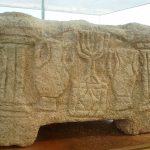
In yet another example of Palestinian revisionist history (Taqiyya) to ‘steal Israel,’ a Fatah archaeologist for Al-Azhar University reports, ‘No archaeological evidence of children of Israel in Palestine’.
By Mordechai Sones
Palestinian Media Watch (PMW) has compiled excerpts of content broadcast by the Palestinian Authority that exposes the distortions that so-called Palestinian intellectuals are willing to perpetrate to further their goal of dispossessing the Jewish People from their land.
Author Haidar Massad says the Zionist narrative has falsified history, as the Children of Israel were never in Palestine: “I wrote a novel called The Palace that was published in 2019. Continue Reading »


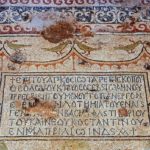
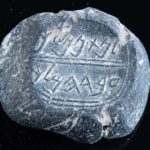
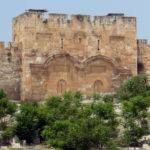
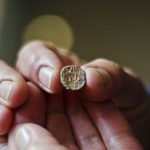
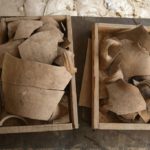

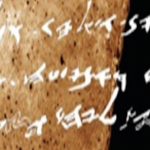

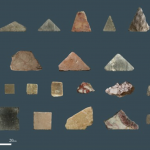


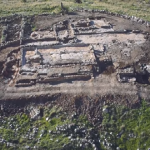
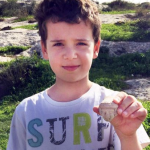




 Israeli New Shekel Exchange Rate
Israeli New Shekel Exchange Rate